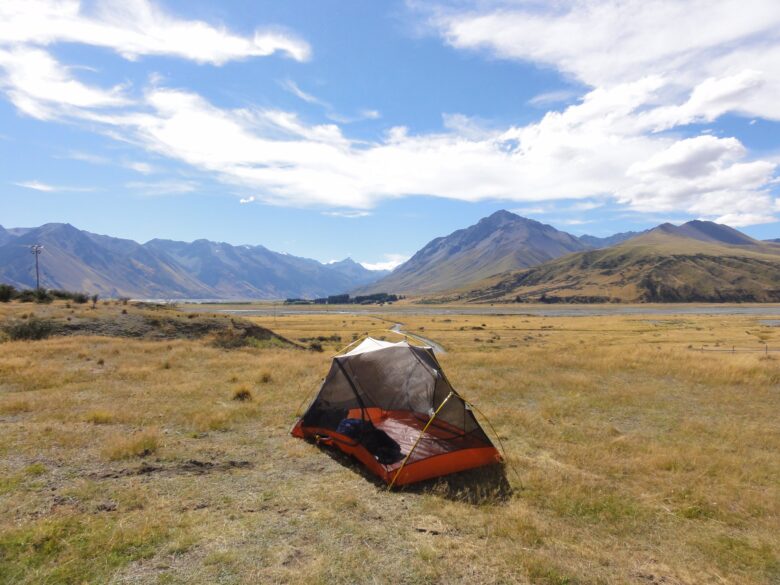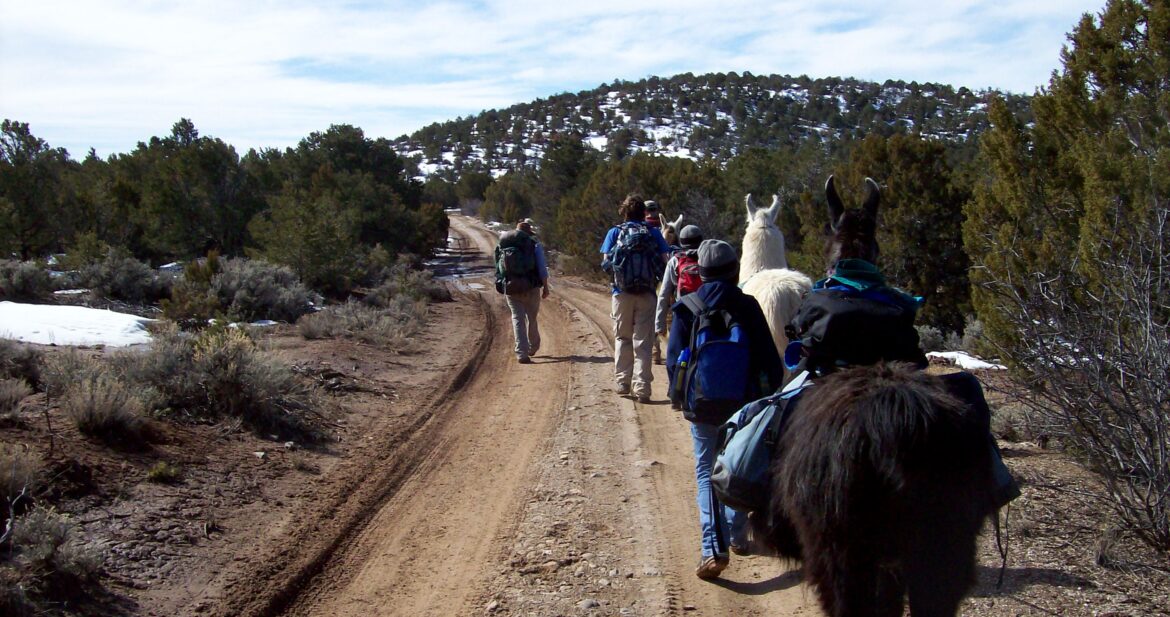With the ever-present threat of climate change at the forefront of many conscious traveller’s minds, it’s important to think of steps you can take as an outdoor enthusiast to protect the natural world as you explore the globe. Trekking, while a fantastic way to connect with nature, can also have a significant environmental impact. In this article, we’ll look at ways you can travel responsibly while minimising your carbon footprint.

Research your destination’s environmental policies
Before you even pack your rucksack, it’s crucial to understand the environmental challenges facing your chosen destination. Many popular trekking spots are under pressure from tourism. For example, the Everest region has seen a surge in trekkers, leading to concerns about waste management and the impact on local communities.
When embarking on Mount Everest base camp treks, you can support the local Sherpas by choosing reputable tour operators committed to sustainability. These companies often have initiatives in place to reduce their environmental impact and give back to the local community.

Pack responsibly: Reduce, reuse and recycle
Packing light and efficiently is essential for any trek, but it’s also a great way to reduce your environmental impact. Opt for reusable gear such as water bottles, cutlery and food containers, and avoid single-use plastics wherever possible. Consider packing biodegradable toiletries, or better yet, leave them at home and rely on what’s available at your accommodation.
Investing in quality, durable equipment is a fantastic way to reduce your footprint as it will last multiple trips – perfect if you are an avid explorer. And when it’s time to upgrade, consider donating or recycling your old gear.
Support local communities
Choosing to support local businesses and communities is an excellent way to reduce your carbon footprint and contribute positively to the area you are visiting. You could choose to stay in locally owned accommodation, eat at independent restaurants and buy souvenirs from local artisans. This not only helps to protect the environment but also benefits the people who call the area home.

Leave no trace
The ‘leave no trace’ principle is fundamental to responsible trekking. This means keeping hold of all your rubbish and disposing of your waste appropriately. You should also endeavour to use designated campsites and facilities such as toilets and showers where possible. Be mindful of your impact on wildlife as you trek and avoid disturbing plants and animals by sticking to established trails to prevent erosion and protect delicate ecosystems.
Choose sustainable transportation
Getting to your trekking destination can generate a significant amount of carbon emissions. Whenever possible, opt for public transport or carpooling with fellow travellers. Consider taking trains instead of planes, and if flying is unavoidable, try to offset your carbon footprint by other means.
For shorter journeys, walking, cycling or using public transport are excellent choices if you want to be more environmentally conscious. If you must drive, consider hiring a hybrid or electric vehicle instead of a traditional petrol car.
Photo credit: header, rocky hike, mountains, camping

Leave a Reply